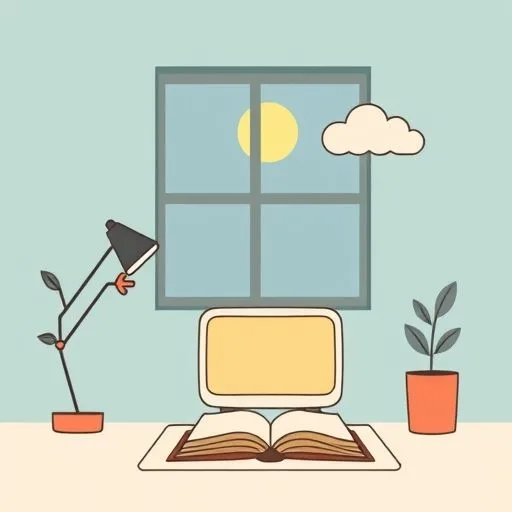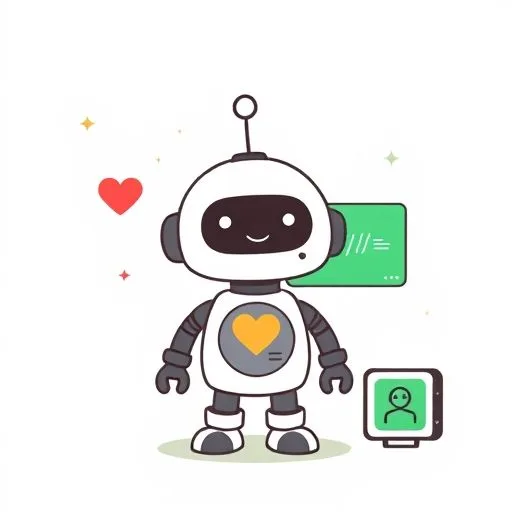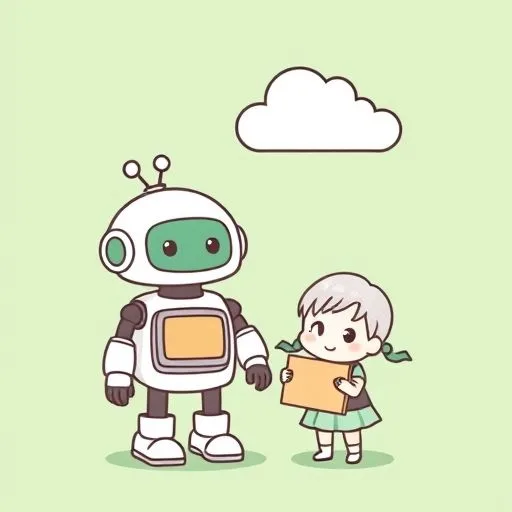
Late at night, when the house is quiet and the blue light of screens casts a glow, it’s not just the kids learning. We’re learning too—in that quiet space between scrolling through the latest parenting tips and watching the way they tackle problems with their digital helpers. It’s not about perfect AI tools, but about those moments where we see their curiosity spark… and we’re just there, holding the space for them.
That Moment When They Teach You

We’ve all seen it—that little head tilt, the tiny frown of concentration. They’re asking ChatGPT to debug a story about a dragon who loves broccoli. And suddenly, we’re not the ones who always have the answers.
That’s a gift, isn’t it? Watching them think critically, with AI tools as their partners not replacements. It’s in those moments I realize that raising kids in the age of AI isn’t about competition—it’s about collaboration.
The way she asks for ‘one more question’ to their AI assistant before bed, even when we both know it’s a stall tactic—that’s where the real parenting happens. In the quiet way we’re learning alongside them.
AI Tools: Choosing the Right Ones

Here’s the thing—the flood of AI parenting tools can feel overwhelming. But when you find a good one, you know it. Like a tutor that lets them explore coding concepts at their own pace, or an app that explains photosynthesis in a voice that’s not too much like the morning news.
It’s never about choosing the flashiest option. It’s about finding those platforms that let them lead. Those moments where she whispers, ‘Dad, look! It told me how to make the robot’s eyes glow!’—that’s the sweet spot.
Where AI isn’t doing the work for them, but helping them ask the questions we’re too busy to think of. And that, my friends, is where the real learning starts.
Preparing Them—Not Just for the Future, but for Today

We’ve all heard the worries—what if AI changes everything? What if they’re not ready for jobs that don’t exist yet? But here’s what I’ve learned: It’s not about future-proofing them. It’s about helping them find their own voice.
The way they’ll use AI to brainstorm science fair projects, or to debate why that Minecraft character is actually a great leader. The real magic happens when we’re not just teaching them to use AI tools—but guiding them to think for themselves.
Watch that moment when they’re arguing with a chatbot over whether it’s a plant or a mushroom. It’s not just about the answer—it’s about the way they defend their choices.
The Balance: Screen Time vs. Real Life

We’ve all been there—the screen time guilt. But here’s the thing: When AI becomes a bridge to creativity, not a substitute for it, we can relax. That moment when they’re using AI tools to design a cardboard castle for late afternoon, then turning off screens to build it with the dog’s help.
It’s not about banning screens. It’s about teaching them when to use that AI as a tool. Watching her switch between apps and hands-on play—that’s the skill we all wish we could master.
The key is learning alongside them—without judgment. Without the pressure of having to be an expert. That’s where the real connection happens—in those beautiful, messy moments where technology and humanity meet.
Source: I Need AI to Write Better Lesson Plans So My Students Stop Using AI to Write Their Papers, McSweeney’s, 2025-09-30
